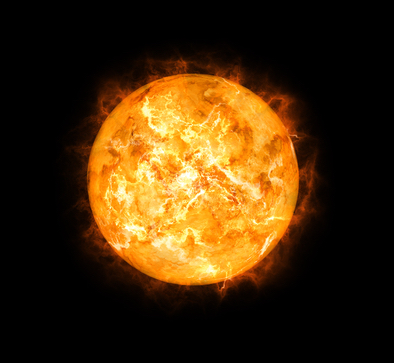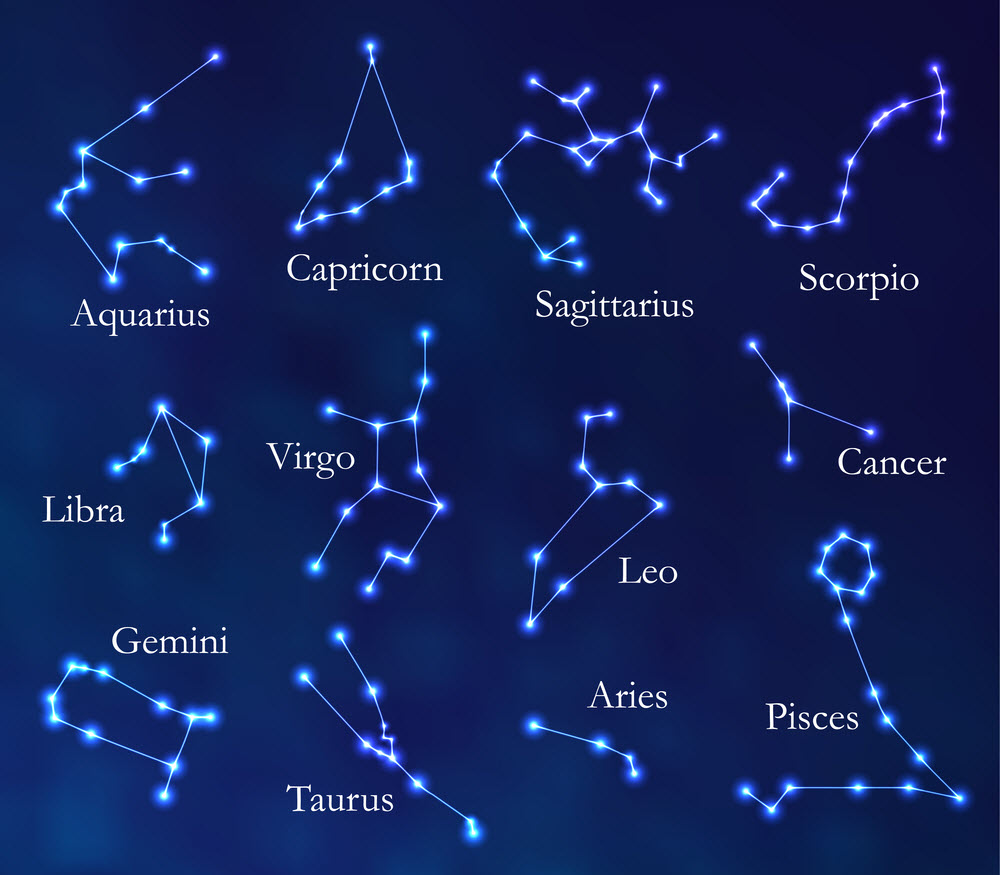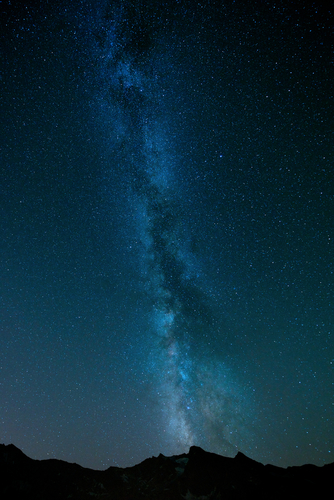Our Sun is a star.

We can see lots of stars on a clear night; they are huge balls of gas that give out light and heat.
These stars are much further away than the Sun, in other solar systems.
Some patterns are visible when looking at the stars carefully - these patterns are called constellations.
The diagram below shows various constellations. The names are taken from ancient gods and creatures.

The invention of telescopes (way back in the 1500s!) helped us to study the stars in more depth as it made it easier to see them clearly.

Today we are able to put telescopes into space (like the Hubble Space Telescope) which give us a fantastic window on to the universe beyond our solar system.
When there are large groups of stars together, they belong to a galaxy.
Our Sun is part of a galaxy called The Milky Way. We can see part of the Milky Way from the Earth, as in this picture below:

The closest large galaxy to the Milky Way is the Andromeda galaxy.
All these millions of galaxies make up the Universe.
There are enormous distances between the stars. Astronomers measure them in light years, i.e. the distance travelled by light in one year.

The nearest star to the Sun is called Proxima Centauri. It is 4.2 light years away.
It would take a rocket from the Earth more than 12,000 years to reach Proxima Centauri, travelling at current rocket speeds!
So, that's lots about the space beyond our solar system - time to explore it!
(Remember: you can come back to this page at any time simply by pressing the pink button on the right-hand side of every page).

